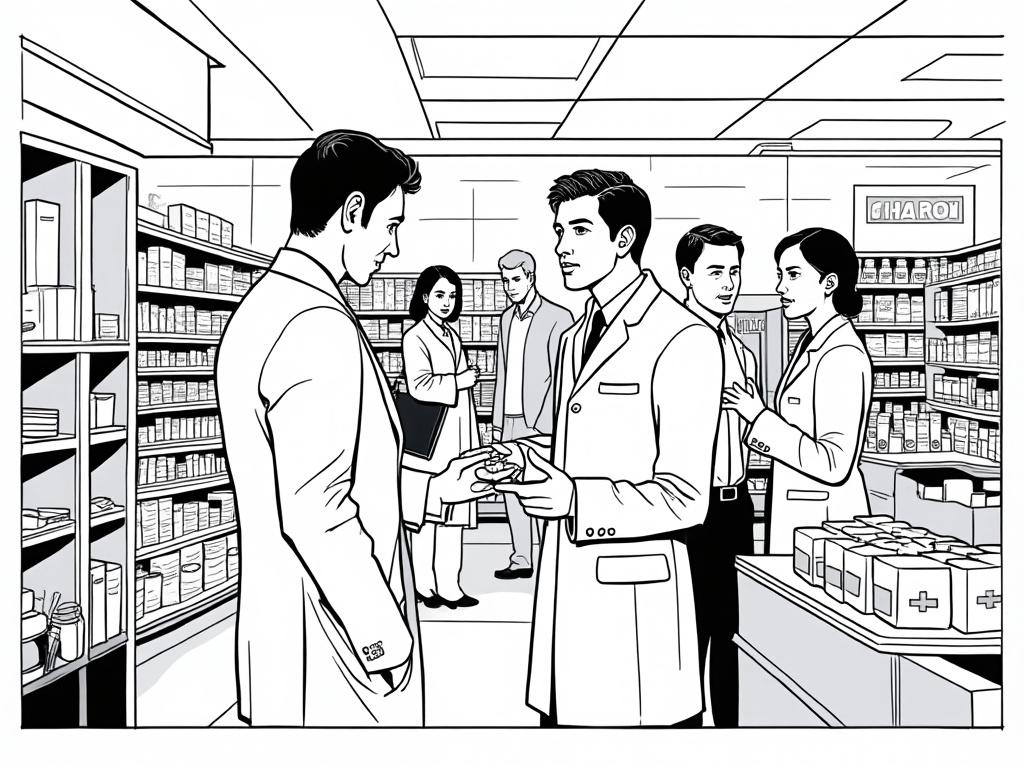
Ottoman Influence on Greek Culture: How Four Centuries Shaped Modern Greece
Reading time: 12 minutes
Ever wondered how four centuries of Ottoman rule fundamentally transformed Greek culture? You’re about to discover a fascinating story of cultural adaptation, resistance, and unexpected fusion that created the Greece we know today.
Table of Contents
- The Cultural Crossroads
- Linguistic Legacy: Words That Stayed
- Culinary Fusion: Beyond Greek Salad
- Architectural Imprints
- Musical Harmonies and Tensions
- Social Structures and Traditions
- Cultural Resistance and Preservation
- Legacy in Contemporary Greece
- Your Cultural Discovery Roadmap
- Frequently Asked Questions
The Cultural Crossroads: Understanding Ottoman Greece
Picture this: It’s 1453, Constantinople falls, and suddenly Greek communities find themselves part of the vast Ottoman Empire. What happens next isn’t just political conquest—it’s a profound cultural transformation that would last 400 years and leave permanent marks on Greek identity.
Here’s the straight talk: Ottoman influence on Greek culture wasn’t simply imposed from above. It was a complex dance of adaptation, resistance, and creative synthesis that produced something entirely new. Today, approximately 30% of modern Greek vocabulary contains words of Turkish origin, while countless customs, architectural styles, and culinary traditions bear Ottoman fingerprints.
The Millet System: Cultural Autonomy Within Empire
The Ottoman millet system allowed Greeks to maintain their religious and cultural identity while participating in imperial society. This unique arrangement meant that Greek culture didn’t disappear—it evolved, absorbed, and transformed.
Key Cultural Impacts:
- Preservation of Orthodox Christianity as cultural cornerstone
- Development of hybrid architectural styles
- Evolution of musical traditions
- Transformation of social hierarchies
Linguistic Legacy: Words That Stayed
Walk through any Greek neighborhood today, and you’ll hear Ottoman echoes in everyday conversation. The linguistic influence runs far deeper than most realize, touching everything from household items to emotions.
Vocabulary Transformation
Consider Maria, a modern Athenian grandmother preparing dinner. She reaches for the tencere (pot), adds baharat (spices), and calls her grandson a yaramaz (naughty boy). Each word carries Ottoman DNA, seamlessly integrated into Greek daily life.
Common Ottoman-derived Greek words:
- Kafe (coffee) – from Turkish kahve
- Dolmas (stuffed vegetables) – from Turkish dolma
- Tsai (tea) – from Turkish çay
- Mahala (neighborhood) – from Turkish mahalle
Ottoman Loanwords in Modern Greek
Syntactic Influences
Beyond vocabulary, Ottoman Turkish influenced Greek sentence structure and expressions. The Turkish habit of using diminutives for endearment (-cik, -ciğim) found parallels in Greek -aki endings, creating a linguistic bridge between cultures.
Culinary Fusion: Beyond Greek Salad
Greek cuisine as we know it today is unthinkable without Ottoman influence. This isn’t just about individual dishes—it’s about cooking techniques, spice combinations, and entire meal structures that transformed Greek eating habits.
The Spice Revolution
Before Ottoman rule, Greek cuisine was simpler, relying heavily on olive oil, herbs, and basic seasonings. The Ottomans introduced complex spice blends, transforming Greek kitchens into aromatic laboratories.
Ottoman-influenced Greek dishes:
- Moussaka – evolved from Ottoman musakka
- Dolmades – directly from Turkish stuffed vine leaves
- Baklava – perfected in Ottoman palace kitchens
- Souvlaki – influenced by Turkish şiş kebab techniques
| Dish Category | Pre-Ottoman | Ottoman Influence | Modern Result |
|---|---|---|---|
| Meat Preparation | Simple roasting | Spice marinades, kebab techniques | Complex grilled dishes |
| Vegetable Dishes | Basic preparations | Stuffing techniques, rice combinations | Dolmades, stuffed vegetables |
| Desserts | Honey-based sweets | Phyllo pastry, syrup techniques | Baklava, galaktoboureko |
| Coffee Culture | Minimal beverage variety | Coffee preparation rituals | Greek coffee tradition |
| Spice Usage | Limited local herbs | Complex spice blends | Rich, layered flavors |
The Coffee House Culture
Ottoman coffee houses weren’t just places to drink—they were centers of social and intellectual life. This tradition transplanted to Greece, creating the beloved kafeneio culture that remains central to Greek social life. Today, you can still experience this legacy in traditional Greek neighborhoods, and if you’re interested in exploring authentic Greek culture firsthand, consider browsing flats for sale in greece to immerse yourself in this rich cultural heritage.
Architectural Imprints: Building Cultural Bridges
Ottoman architectural influence on Greece goes beyond individual buildings—it reshaped entire urban landscapes and domestic living patterns. Walk through old quarters of Thessaloniki, Rhodes, or Crete, and you’re essentially touring an outdoor museum of cultural fusion.
Urban Planning Revolution
Ottoman city planning introduced concepts foreign to traditional Greek settlements: covered markets (bezestans), public baths (hammams), and the integration of commercial and residential spaces. The famous Modiano Market in Thessaloniki exemplifies this hybrid architectural DNA.
Architectural Elements Still Visible Today:
- Sachnisia – Overhanging upper floors from Ottoman saçak
- Central courtyards – Privacy-focused family spaces
- Fountain installations – Public water features in neighborhood centers
- Balcony designs – Enclosed wooden balconies for women’s quarters
Domestic Architecture Transformation
Consider the traditional Greek house in Kastoria or Xanthi. These homes reflect Ottoman domestic values: gender-separated spaces, central courtyards for family gatherings, and elaborate wooden decorations that mirror Ottoman palace aesthetics scaled for merchant families.
Musical Harmonies and Tensions
Greek music underwent perhaps its most dramatic transformation during Ottoman rule. The result? Musical styles that sound distinctly Greek today but carry unmistakable Ottoman melodic and rhythmic DNA.
Rebetiko: The Greek Blues with Ottoman Soul
Rebetiko emerged in the early 20th century among Greek refugees from Asia Minor, but its roots stretch back to Ottoman urban music. These songs of love, loss, and social marginality employed Ottoman musical modes (makams) while expressing distinctly Greek experiences.
Ottoman Musical Influences:
- Instruments: Bouzouki evolved from Ottoman saz
- Scales: Greek music adopted Ottoman makam system
- Rhythms: Complex time signatures from Turkish classical music
- Ornamentation: Vocal techniques borrowing from Ottoman traditions
The Paradox of Cultural Expression
Here’s where it gets interesting: Greek musicians used Ottoman musical language to express resistance to Ottoman rule. Rebetiko songs often contained coded messages of defiance, creating a unique form of cultural rebellion through adopted musical forms.
Social Structures and Traditions
Ottoman social organization profoundly influenced Greek family structures, gender roles, and community hierarchies. Some changes proved permanent, while others created tensions that persist today.
Family and Gender Dynamics
Ottoman domestic values emphasized family honor, female seclusion, and patriarchal authority. While Greece maintained its Orthodox Christian foundation, many Ottoman social practices became normalized, creating hybrid family structures that balanced Greek and Ottoman values.
Lasting Social Influences:
- Extended family importance in decision-making
- Gender-separated social spaces
- Emphasis on family reputation and honor
- Hierarchical respect systems based on age and status
Economic and Professional Integration
Many Greeks became successful merchants, administrators, and professionals within the Ottoman system. The Phanariot Greeks of Constantinople exemplify this integration—maintaining Greek identity while achieving high Ottoman positions and adopting Ottoman lifestyle elements.
Cultural Resistance and Preservation
Not everything changed, and that’s crucial to understanding Ottoman influence on Greek culture. Greek resistance took multiple forms: religious preservation, secret education, and cultural practices that maintained distinctly Greek elements.
The Orthodox Church as Cultural Fortress
The Greek Orthodox Church became the primary vehicle for cultural preservation. While accepting Ottoman political authority, the Church maintained Greek language, religious practices, and educational traditions that provided continuity across centuries.
Resistance Strategies:
- Secret Schools: Clandestine Greek education systems
- Religious Festivals: Maintaining Greek Orthodox calendar and customs
- Folk Traditions: Preserving pre-Ottoman songs, dances, and stories
- Language Purity: Conscious efforts to maintain classical Greek elements
Cultural Synthesis vs. Pure Preservation
The most successful Greek cultural preservation involved selective adoption—accepting Ottoman elements that enhanced Greek traditions while rejecting those that threatened core identity. This strategic approach created modern Greek culture’s unique character.
Legacy in Contemporary Greece
Today’s Greece reflects this complex Ottoman heritage in ways both obvious and subtle. Understanding this influence helps explain contemporary Greek attitudes, practices, and cultural expressions.
Modern Manifestations
Contemporary Greek culture shows Ottoman influence in unexpected places: business practices emphasizing personal relationships, social gatherings centered around elaborate meals, and architectural preferences for private courtyards and balconies.
Current Examples:
- Hospitality Culture: Ottoman-influenced guest treatment protocols
- Urban Planning: Mixed commercial-residential neighborhoods
- Social Hierarchies: Age and family-based respect systems
- Culinary Tourism: Marketing “authentic” dishes with Ottoman origins
The Identity Paradox
Modern Greeks navigate a complex relationship with their Ottoman heritage—simultaneously embracing cultural elements while maintaining historical grievances. This creates fascinating tensions in contemporary Greek identity formation.
Your Cultural Discovery Roadmap
Ready to explore this rich cultural tapestry yourself? Here’s your strategic approach to understanding and experiencing Ottoman-influenced Greek culture:
Immediate Exploration Steps:
- Culinary Investigation: Visit authentic Greek restaurants and identify Ottoman-origin dishes. Try dolmades, moussaka, and baklava while noting their historical connections.
- Architectural Walking Tours: Explore old quarters in Thessaloniki, Rhodes, or Crete. Look for overhanging upper floors, central courtyards, and fountain installations.
- Musical Discovery: Listen to rebetiko recordings and identify Ottoman musical elements—the bouzouki’s sound, complex rhythms, and melodic patterns.
- Language Learning: Study common Greek words with Ottoman origins. Notice how seamlessly they integrate into daily conversation.
- Community Engagement: Visit traditional Greek neighborhoods and observe social patterns—coffee house culture, family gatherings, and community interactions.
Deeper Cultural Understanding:
This Ottoman-Greek cultural fusion represents more than historical curiosity—it demonstrates how cultures can maintain core identity while adapting to new influences. As globalization continues reshaping societies worldwide, the Greek experience offers valuable lessons about cultural resilience and creative adaptation.
What aspects of your own cultural background might have similar hidden influences? How do communities balance preservation with adaptation in our interconnected world?
Frequently Asked Questions
How much of modern Greek culture actually comes from Ottoman influence?
Approximately 30% of modern Greek vocabulary contains Turkish-origin words, while significant portions of Greek cuisine, architecture, and social customs show Ottoman influence. However, core elements like Orthodox Christianity, classical Greek heritage, and fundamental cultural values remained distinctly Greek throughout Ottoman rule.
Did Ottoman influence weaken or strengthen Greek cultural identity?
Paradoxically, Ottoman rule both challenged and strengthened Greek identity. While introducing foreign elements, the experience of cultural adaptation created a more resilient Greek identity that could maintain core values while selectively adopting beneficial external influences. This process ultimately enriched rather than weakened Greek culture.
Can tourists still see Ottoman influence in Greece today?
Absolutely. Ottoman architectural elements are visible throughout Greece, especially in Thessaloniki, Rhodes, Crete, and other historical centers. Traditional Greek cuisine heavily features Ottoman-influenced dishes, while cultural practices like coffee house socializing and family-centered gatherings reflect Ottoman social patterns integrated with Greek traditions.

Article reviewed by Adrian Sokolov, Post-Soviet Industrial Assets | Revitalizing Manufacturing Zones, on June 6, 2025



